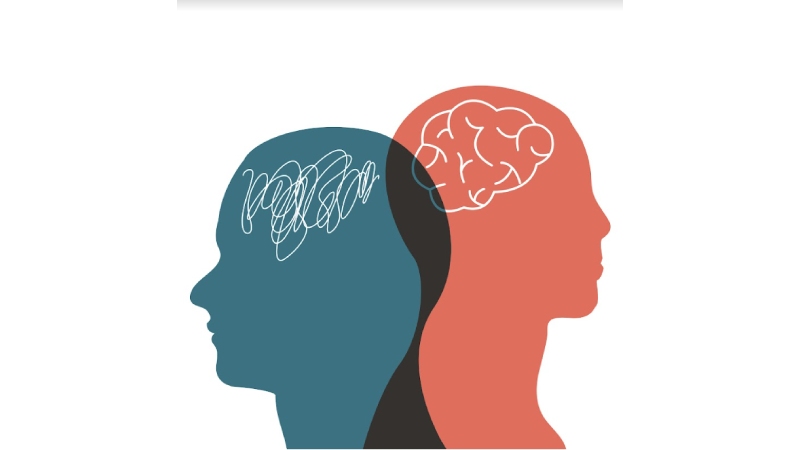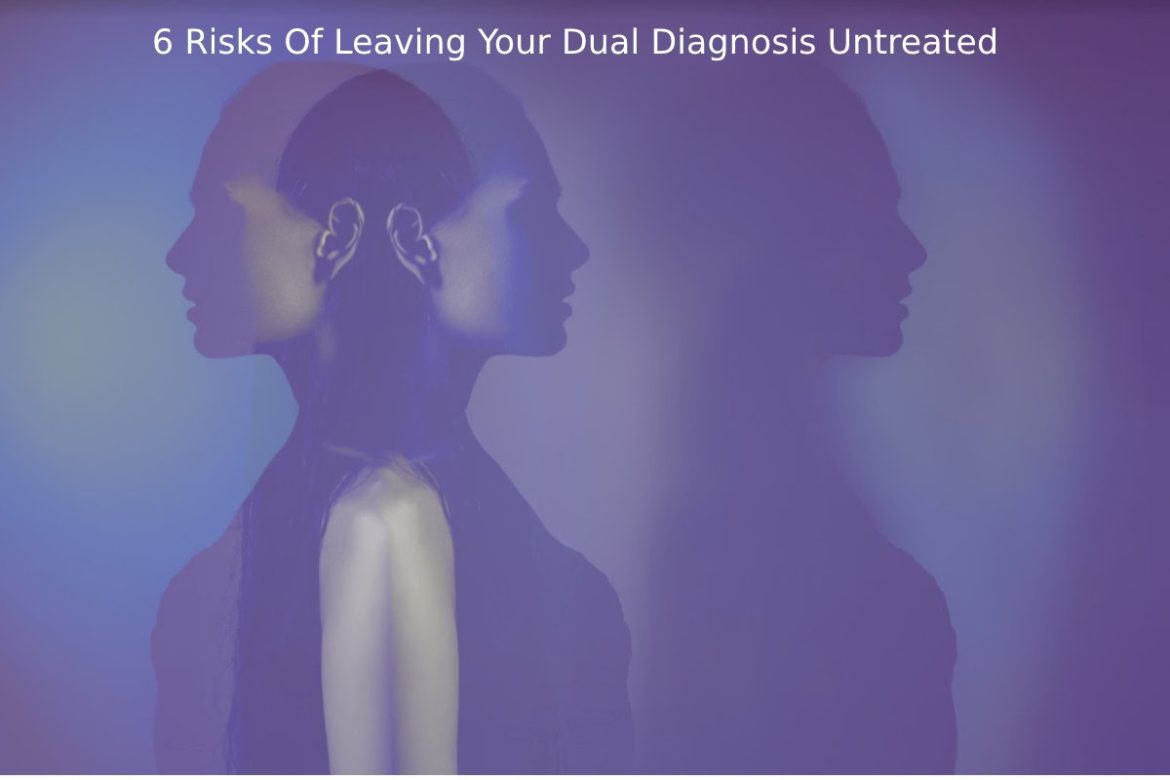6 Risks Of Leaving Your Dual Diagnosis Untreated – Mental health is said to be the most crucial aspect of one’s life.
When faced with mental health issues, the happiness that comes with life disappears. In such an event, one might turn to drugs and alcohol as a coping mechanism, especially if one experiences severe symptoms. As a result, instead of improving their state, they develop both mental disorders and addiction.
Fortunately, mental health conditions and addiction can be treated and managed with proper care and treatment. However, if they’re left unattended, the victim will likely experience advanced risks like physical health issues.
If you or your loved one has a dual diagnosis and want to know the risks of leaving it untreated, you might want to continue reading for more information.
What’s Dual Diagnosis
Dual diagnosis is when mood disorder and addiction affect the same person simultaneously. In such a case, one issue can’t be treated without treating the other, meaning both disorders require treatment simultaneously. This is because the mood disorder might have resulted from addiction or vice versa, and treating one while neglecting the other might not have a significant effect.
Facts About Dual Diagnosis

Dual diagnosis isn’t a new phenomenon. It has and still affects thousands of people. For instance, in the United States alone, more than 50% of drug addicts or individuals who use drugs are believed to suffer from mental health challenges. As far as alcoholism is concerned, about a third of alcoholics are also believed to suffer from dual diagnoses.
The combination of mental health challenges and addiction leads the victims to lead unhealthy lifestyles, such as unsafe sex and breaking of the law among other things. Currently, over 20% of U.S inmates are said to struggle with dual diagnosis.
Risks Of Leaving Dual Diagnosis Untreated
As already mentioned, untreated dual diagnosis can result in many health and general well-being challenges. Hence, most individuals with untreated dual diagnoses tend to medicate themselves to improve symptoms. Unfortunately, instead of improving the symptoms, they end up becoming extremely dependent on self-medication
The primary risks associated with untreat dual diagnosis are but aren’t limited to:
- Self-destructive behavior;
- Suicidal thoughts; and
- Voilence
Fortunately, these risks can be prevented or reduced with proper treatment and intervention for both conditions. If your loved one is diagnosed with a dual diagnosis, seeking immediate treatment like dual diagnosis treatment San Diego and nearby areas is vital before the matter escalates. With proper care and treatment, addiction and mental challenges can be treated successfully, helping the patient resume their normal healthy lifestyle.
Nevertheless, if a dual diagnosis remains untreated, the patient might experience the following risks:
1. Deteriorating Health
Untreated dual diagnosis is well known for having adverse effects on one’s health. Not seeking treatment for these conditions means neglecting the effects which worsen the case.
For instance, individuals with mental disorders and smoking at the same time are said to be at higher risk of developing symptoms like wheezing or coughing. If these symptoms are left unattended, the victims will likely experience deteriorating health.
Further, it’s believed that most individuals with psychotic disorders are at higher risk of health issues such as heart disease, hypertension, asthma, and diabetes.
2. Prolonged Worse Episodes
The more a person stays without dual diagnosis treatment, the more severe the symptom. For example, most people with mental challenges and abuse of alcohol or narcotics experience worse episodes since these drugs exacerbate the symptoms. As a result, these individuals live with frequent worse episodes as long as they don’t receive the much-needed help.
3. Socialization Challenges
One must be sober and in the right mind to live their social life to the fullest. But even individuals with mood and addiction can still enjoy their social life under treatment. Nevertheless, if one has these conditions and isn’t receiving treatment, they’re more likely to have problems with their social aspect.
Case in point, a teenager with a dual diagnosis who isn’t receiving treatment is more likely to experience socialization challenges relating to fellow teens or friends. They might also have low self-esteem, especially if they experience severe episodes.
4. High Chances Of Contracting Infectious Diseases
As already stated, dual diagnosis is when an individual has a combination of mental challenges and addiction. Generally, when someone is a victim of substance abuse, their thinking capacity might affect which makes it hard for them to make informed decisions. As a result, these individuals end up sharing needles and engaging in unhealthy sexual behaviors that might lead to contracting infectious diseases like HIV/AIDS and different sexually transmitted diseases (STDs).
5. Recurring Suicidal Thoughts
Most mental health challenges lead victims to contemplate suicide. When one has addiction issues on top of mental challenges, suicidal thoughts go up a notch higher. If these conditions go untreated, the patient will likely experience recurring suicidal thoughts and might act on them.
If you think your loved one is suicidal, it’s vital to seek help before they act on it. Also, such individuals shouldn’t be left alone for extend periods, as committing suicide takes a few minutes. And you might not know when they plan on doing it.
6. Development Of Other Mental Health Challenges
Since having one mental issue doesn’t mean you can’t develop another, individuals with untreated dual diagnoses are more likely to experience two or more mental health issues simultaneously.
For example, one can have anxiety and depression at the same time. When an individual has anxiety, they spend their days with extreme fear. If their anxiety isn’t treated, the fear of living with a mental issue overwhelms them, leading to depression. On the other hand, a person with depression might live in fear of whether or not they’ll recover from the condition. As a result, the fear develops into anxiety.
This scenario explains how a person can have a mental disorder and still develop another illness if left untreated. Unfortunately, individuals with dual diagnoses risk developing more than one mental disorder if they don’t receive treatment on time.
Conclusion
Individuals with dual diagnoses are at high risk of experiencing adverse effects on every aspect of their lives if these conditions are left untreated. For instance, following their lifestyle, these individuals might contract deadly diseases, both infectious and non-infectious. If you have a dual diagnosis or know someone with it, it’s essential to seek treatment to help yourself and your loved one lead an everyday healthy life.


